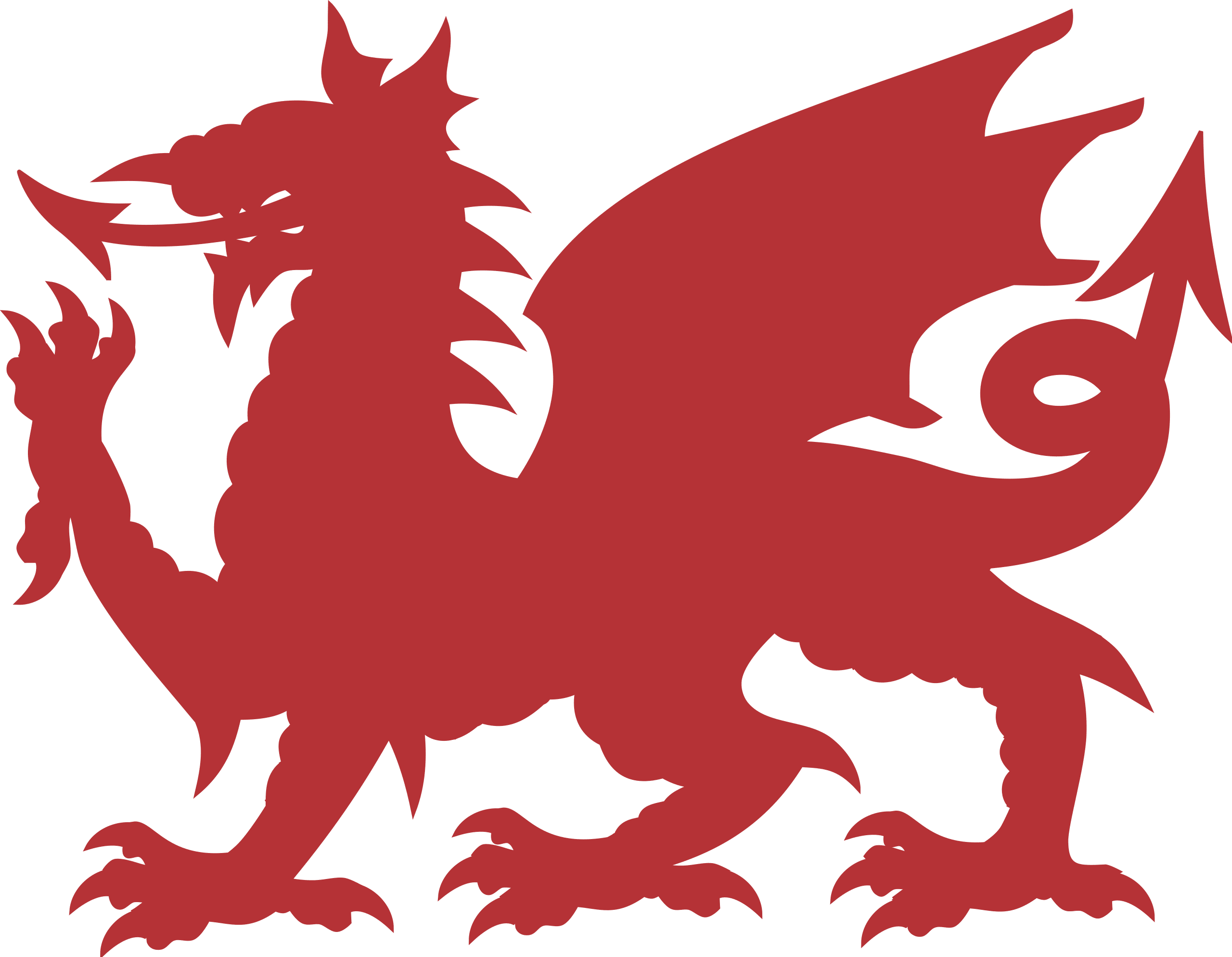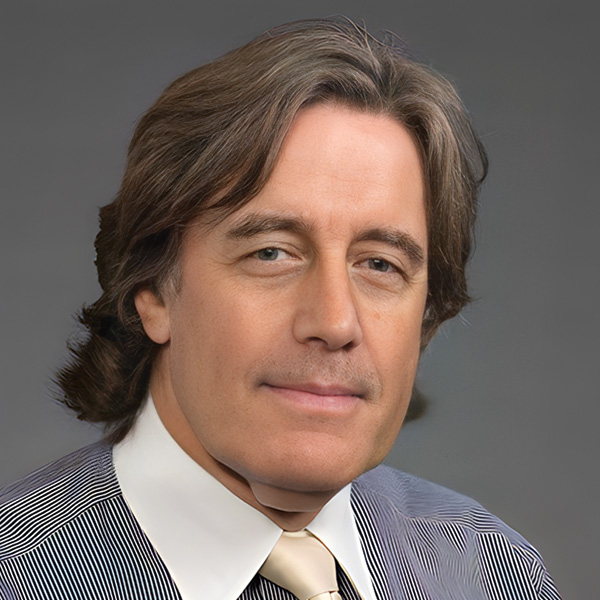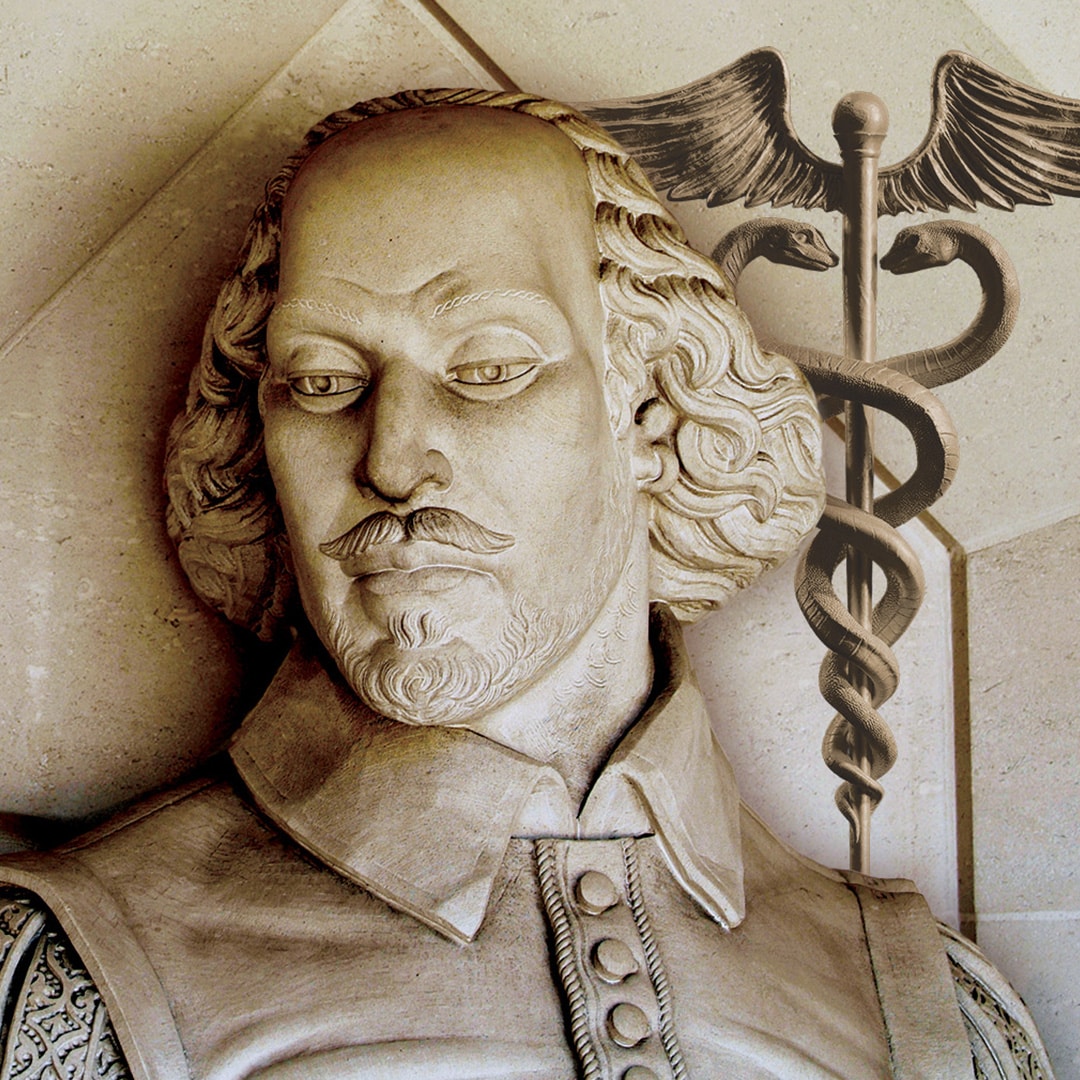Looking to his eyes you have confidence
The liquid in vein and gas in airway
Will sedate your body and remove sense
As the knife and saw and laser have their say
It wasn’t always thus, though men in wars wish
Whisky galore, teeth on bullets were clenched
For years they tried curare, cannabis
Opium with wine, euphoria, but pain not touched
A dentist in Boston revealed ether’s intent
Surgeons excise tumor from a patient head
Not ideal, chloroform came and went
Cocaine offered much for doctors addicted
Not an easy path, from sense to senseless
And back again, stitched up, in Sunday best
Backstory
This is a long-running epic, with a few momentous events and a still-evolving end-point. That this subject commands an important place in the history of medicine rests with the impact that anaesthesia has had on millions of patients who undergo major surgery each year, essentially pain-free, and often comatose during the procedure. For much of the medical time-line, surgery was accompanied by powerful pain, whether it was for amputation of a limb, a tooth extraction or attention to a fast-growing cancer. Thousands of years ago, the Chinese and Indian medical practitioners worked with natural products such wine, cannabis and opium and techniques such as acupuncture to dull surgical pain; early Europeans used plants such as mandrake and the Incas of South America used cocoa, chichi and tobacco.
Opium and alcohol remained the mainstay of pain relief until the mid-nineteenth century, when a young dentist in Boston, USA, developed a method with a purified vapor of sulfuric ether, which he was able to administer through a glass breathing apparatus, and clinical colleagues in that city were able to perform significant surgical procedures with this technique. Although this is regarded as the start of modern anaesthesia, ether was far from ideal; other agents, including chloroform-air mixtures, and better delivery methods such as oral intubation were introduced over the years. Muscle relaxants, including variations of the curare used as a poison by South American tribes, helped with patient comfort, leading to much better neuromuscular blocking drugs. Other non-volatile agents were later added to the anaesthetist’ armory.


